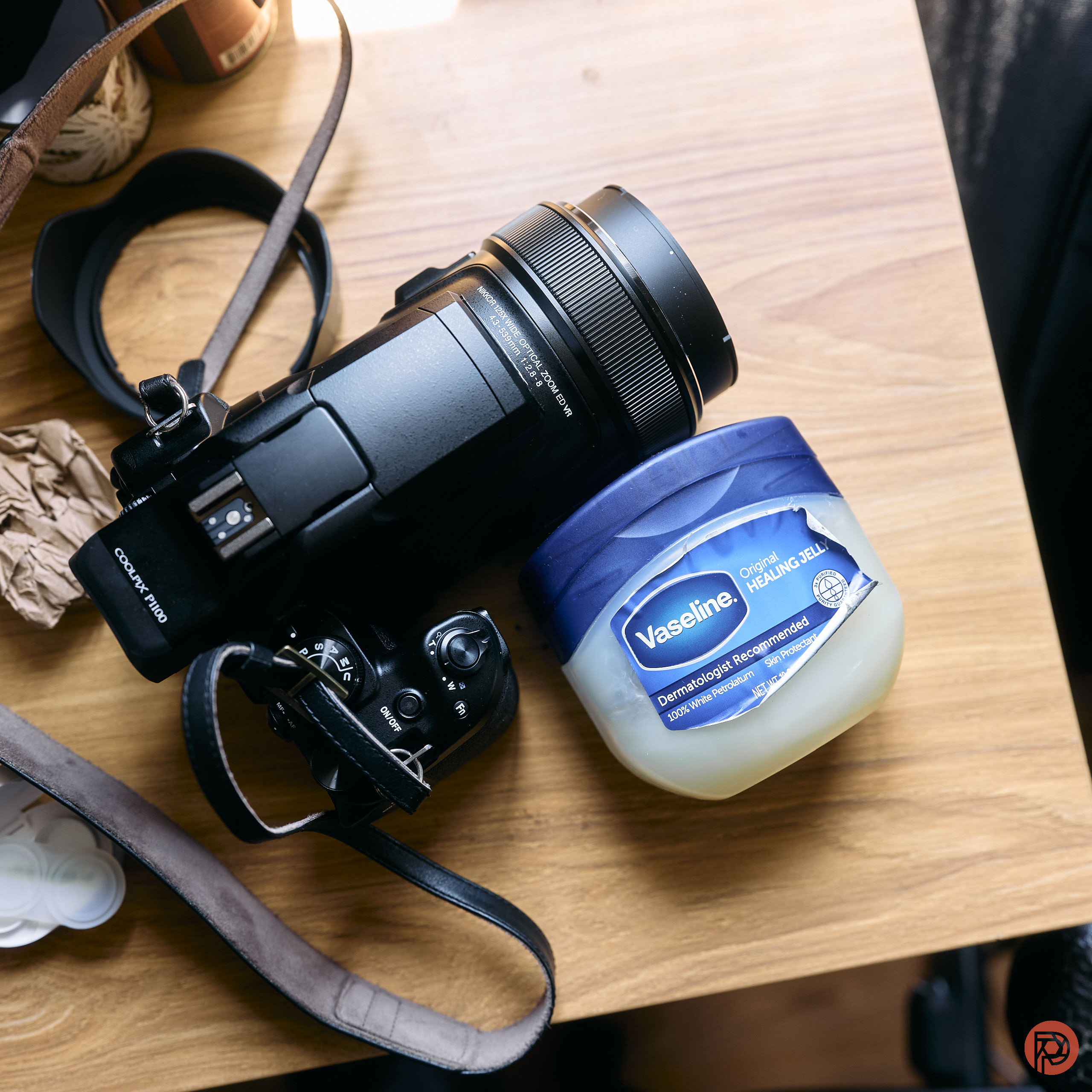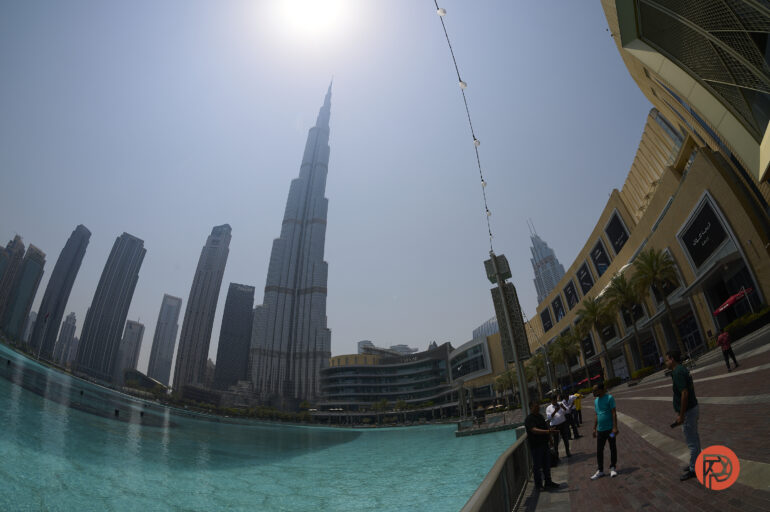
Spread the love
Growing up, I remember how in every classroom, we had a globe. Out of pure boredom, we’d sometimes spin it around and it would spin so fast that it would fall down — sometimes shattering or denting. Like that shattered globe, the concept that the earth is round is a shattered idea for many who use one of Nikon’s most controversial cameras. I’m not talking about the Nikon Z9 and how photographers love to diss the autofocus and compare it to the speed of a potato. But instead, it’s a camera that you don’t see discussed in photography circles all that often: the Nikon P1100. You see, its predecessors, the P1000 and P900, have been what the photography product managers would call, “niche.” In the age of misinformation and AI though, I’m not totally sure that it’s all that niche of a product.
The Nikon P1100 is a point-and-shoot with a massive zoom lens. When I reviewed it, I called it one of the best point-and-shoots for bird photography. And indeed, folks in the birding groups I frequent here in NYC love that camera and a few others. It’s got the kind of zoom that you bring around your buddies and tell them all about how happy you are to see them. In our original lifestyle product photos, you can see the Nikon P1100 placed next to a bottle of Vaseline for scale.
As the photos evidence, the big black behemoth of a lens is too much for this small container of jealing jelly. Clearly, this isn’t a typical point-and-shoot camera affair where someone can use a lightweight camera with one hand and even a pinky finger in the air. Instead, it’s so big that you need to recruit both hands and maybe even some extra muscles.
But none of us are here to ready a story about a point and shoot camera tailored to birders.
This camera is at the heart of a few fringe ideas. One of them states that this camera definitely proves that the world is flat. The reason for this is because of the insane zoom power. Shoot with it at the seaside and then zoom all the way in. You’ll eventually see that the world is flat and that it isn’t possible for a ship to slip down into the edge. Quite literally, you’ll also see a very flat surface — therefore proving that the world is flat. This lines up with the idea put forth by the Smiling Friends that our flat earth is also protected by a big giant glass dome because after a while, all you’ll see is haze through the optics of the Nikon P1100. Considering that global warming is happening, all that air just circulates within the glass dome.

Scientific theories that challenge the idea that the world is flat would say that this is how telephoto optics work: by flattening things out when you’re zoomed that far out. After all, that’s why we use telephoto lenses to do portraits: because the perspective is FLATtering.
In contrast, though, I’m a journalist who always tries to find out what the truth is and look at stories from various angles. Luckily, I run a publication that has done the most real-world lens reviews of any other around. With that said, I’ve reviewed many fisheye lenses in the past and found that when I photograph the seaside with them, the horizon is very round. If you trace the theories and logic that flat earthers go by, a fisheye lens would prove that the world is round.

At the same time, I’m smart enough of a person to know to ask when I need help. And so I consulted agencies to put us in touch with sources that would be able to contribute to this article. When they couldn’t give me anyone, I pooled my own contacts that I’ve developed over nearly 20 years of writing. No one replied.
Lastly, I asked for a more scientific explanation, so I asked Lensrentals, but they didn’t want to comment on this.
We can only assume that it’s because many folks haven’t even tried the Nikon P1100 or its predecessor. I mean, it took a while for us to even receive the review unit because orders are backed up. Make no mistake, too, this camera isn’t cheap.
But this isn’t all that the camera does — flat earthers have also zoomed into the moon using the camera and further claim that they can’t find any evidence that we visited the moon at all. So, I decided to try this for myself.




Indeed, the 16MP sensor of the Nikon P1100 couldn’t show me any evidence that we went to the moon. Nor could I find any sign of DOGE coin buyers, who often said that this is a place that they’d eventually colonize. Lastly, I couldn’t find any evidence that the moon is made of cheese. You should know, however, that I consider myself a cheese enthusiast, but I’m not smart enough to be able to tell you what kind of cheese it may be made from. But when I looked at the moon through the lens of the Nikon P1100, there’s nothing that made me believe that this is a special type of Swiss cheese as people have talked about in the past.
The truth that I came to is that our world is mysterious and that there is so much that we still do not understand. It’s still wonderful that people are using cameras every day to explore their world and develop questions that challenge what we think we know. Heck, when I look back on my Nikon P1100 photos from my review, I could probably even argue that we’re living in a simulation because of how grainy the images are. It basically just means that I’m taking a photo of a screen playing a videotape shot in the days before CDs and digital became a thing. I mean, modern cameras have otherwise tried to eliminate this image noise because we otherwise just want clarity. In truth, however, earlier digital cameras and those with less processing algorithms have been trying to tell us what physicists have been theorizing all along.

